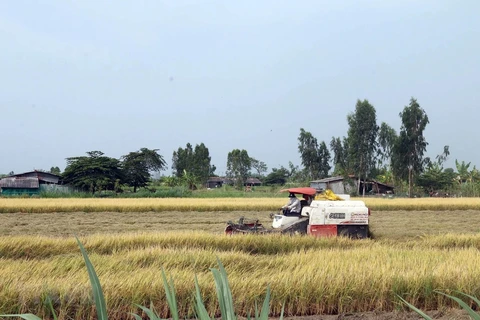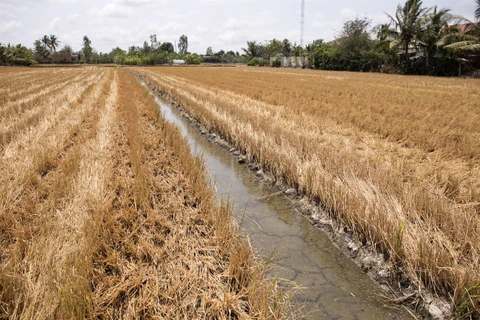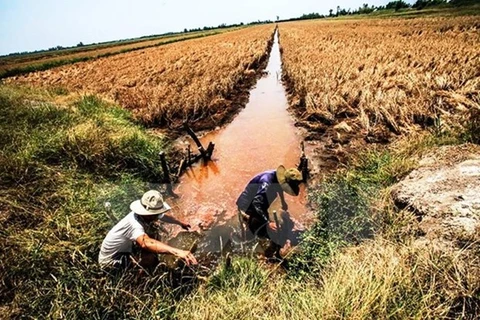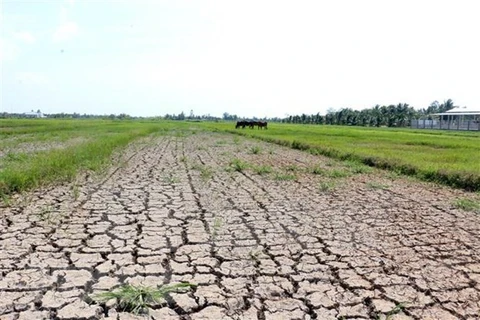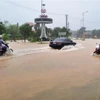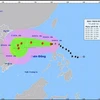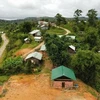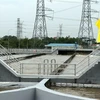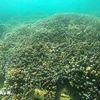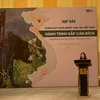 A saltwater prevention sluice in Vi Thanh City, the Mekong Delta province of Hau Giang. (Photo: VNA)
A saltwater prevention sluice in Vi Thanh City, the Mekong Delta province of Hau Giang. (Photo: VNA)The agency forecast that saltwater is expected to enter 35-50km deep into estuaries of the Mekong River, 55-65km into Vam Co River and 35-45km into Cai Lon River this week.
Though saline intrusion started affecting irrigation in areas 35-45km upstream during days when tides are high, freshwater supply remains sufficient for agricultural production.
In March, the salinity boundary of 4 g/l is predicted to penetrate 55-65km inland, 10-20km lower than that in 2020.
Saline intrusion is expected to decline from April.
Since early this year, the Ministry of Agriculture and Rural Development has urged affected provinces to speed up cultivation of new crops and instruct farmers to store water in small ponds and lakes inside their farms, said Luong Van Anh, deputy head of the Directorate of Water Resources.
As a result, saline intrusion has so far had little impact on agricultural production, Anh said, adding that the completion of the Cai Lon-Cai Be irrigation system has greatly benefited Kien Giang, Hau Giang and Ca Mau provinces./.
VNA
